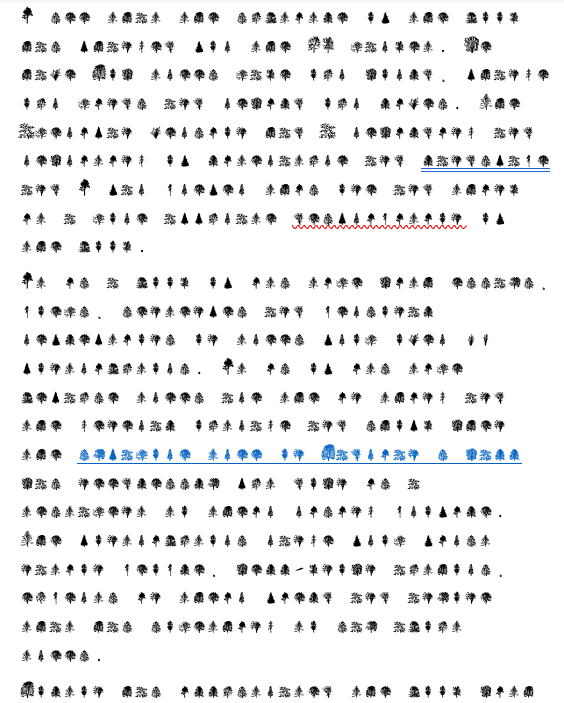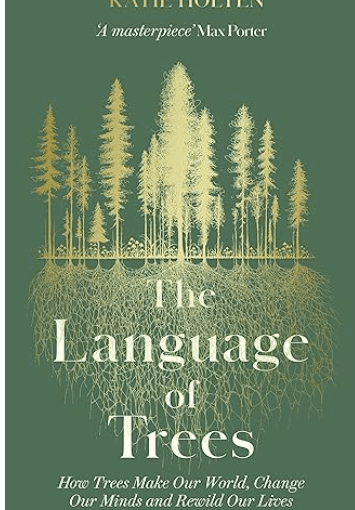I see that the subtitle of the book has changed for the UK market. We have How trees make our world, change our minds and rewild our lives. The American version had A rewilding and rewriting of literature and landscape and I far prefer this one and think it a more accurate descripition of the book.
It is a book of its time with essays, poems, sentences and personal reflections on trees from over 65 contributors. It is of its time because trees are the in thing and the general outrage and shock when the sycamore tree on Hadrian’s wall was needlessly cut down is a testament to their rising profile. The contributors range from first nation people, well-known authors, experts in their field and anyone that has something to say about trees.
Holton has illustrated the book with fine line drawings of seeds, leaves, trees and root systems but has also created a tree alphabet with each piece of writing being displayed in this font, sometimes condensed or re-shaped to fit onto one page.
The book starts with the idea that trees provide more than just something to look at. The writings demonstrate how they can provide spiritual sustenance, ink, food, fuel, tools, protection, shelter and wisdom as well as being an indicator of global warming. Writings that I particularly enjoyed were Robert McFarlane and his word hoard based on trees. I love his idea that etymology illuminates – ‘a mundane verb is starlit’ – but etymology is also roots.
We see in words: in webs of words, wefts of words, woods of words. The roots of individual words reach out and intermesh, their stems lean and criss-cross, and their outgrowths branch and clasp.
p13
I can’t tell you how much I love this use of vocabulary to create a picture, linking two subjects together. McFarlane then goes on to list words from around the country that are tree related – how about sponky, flippety or duff?
I also loved Ase Jorgenson’s poem (not sure if it is a poem but it looks like one) entitled Leaf 2 where the word leaf is played with from leafing through a book to flyleaf to flyers, back to leaves of paper and leaves on plants. Both examples play with words and their meanings, something I admire greatly and probably explains why I find the American subtitle a better fit for the book.
This is a book to be read slowly and I defy anyone not to learn something new about trees and to have a much greater appreciation of them at the end.
Have a look at the Irish Tree Alphabet here and the trees moving through the seasons.

